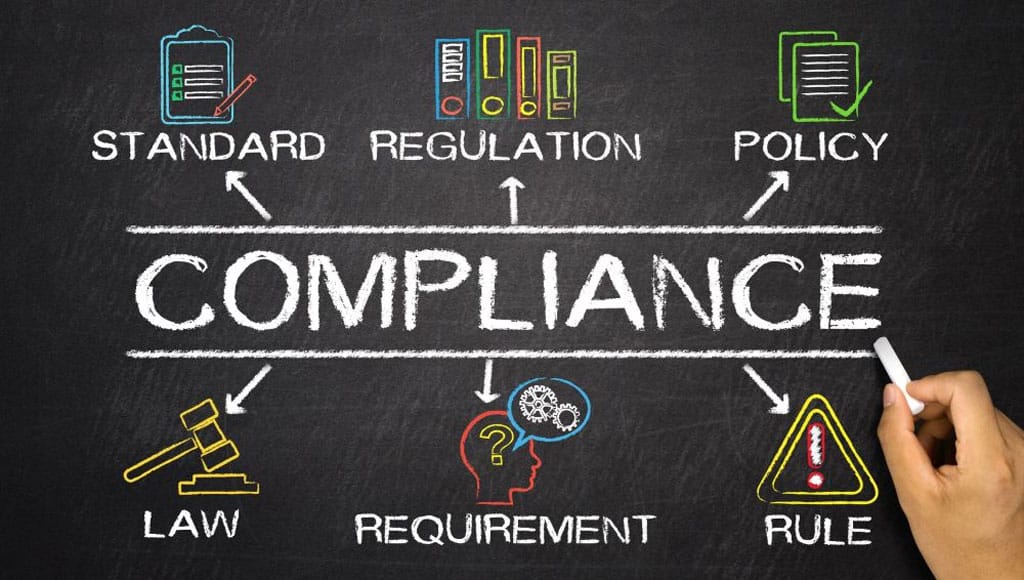How To Make Compliance Training Engaging for Your Employees

Employee compliance training is one of the most important steps an organization can take to ensure compliance with regulatory requirements and ethical standards. However, this can only be successful if learners are engaged throughout the whole corporation.
Unfortunately, traditional training models often miss this objective and may result in disengagement and limited knowledge retention. That said, companies need to find new, better ways to train their team.
Read on to discover some of the challenges in compliance training and go through some strategies for making it more engaging for your workforce.
Understanding Compliance Training Challenges
While it is highly important, compliance training usually faces a lot of challenges that might lower its effectiveness. Some of the main ones include:
Lack of Interest
A primary challenge in compliance training is team member disengagement. Traditional programs often lack engaging compliance training software with interactive elements such as gamification and quizzes. This lack of interaction can lead to poor information absorption and knowledge retention.
They may also think of compliance training as a burdensome task rather than an opportunity to learn about something important. This could just be the kind of mindset that could hold back the effectiveness of the training since participants may only be waiting for the sessions to be over.
Another reason for disinterest could be the repetition involved in compliance training. Employees might have gone through similar content elsewhere in the past, hence seeming bored. Therefore, organizations may find it hard to get the attention of employees in compliance training.
Monotonous Content
Another challenge faced by compliance training programs is the delivery of monotonous content. Traditional training methods, such as lectures and PowerPoint presentations, can be dull and unengaging. These methods and the lack of practicality may fail to capture the interest of learners and make the training material irrelevant or outdated.
Employees may also feel overwhelmed by the amount of content they are expected to absorb; this can lead to a sense of information overload. This can also make it difficult for them to focus on the key points and retain the information presented.
Difficulty Relating to Real-World Scenarios
Another significant challenge for compliance training programs is bridging the gap between compliance concepts and real-world applications. Many employees may find it difficult to relate abstract regulations to the tasks they perform every day. This disconnect can then make compliance training irrelevant and impractical; the knowledge is neither retained nor applied. That is why only 12% of the organizations reported that their employees apply what they learn in training to their jobs.
Without concrete examples, employees may also struggle to envision the consequences of non-compliance. Conversely, when employees understand potential risks and penalties, they would be more inclined to adhere to regulations.
Strategies for Making Compliance Training Engaging
To overcome the challenges of traditional compliance training and create more effective programs, below are strategies companies could consider:

Interactive Elements
Engaging features can surely make compliance training more exciting and interactive; examples include quizzes, interactive videos, games, simulations, and role-playing exercises. In fact, stats show that interactive video maintains the attention of 82% of employees better than traditional video.
Managers can then create interactive quizzes to test employee learning. These could include key concepts on compliance and best practices and how employees best understand them. Such quizzes will help further solidify employees’ learning and point out where they may need additional training.
Real-World Scenarios
Real-life scenarios also make compliance training more interactive and effective. For one, simulations create hands-on situations where employees can apply compliance principles in their daily activities. The exercises can also expose them to some of the everyday challenges that they may face and the consequences of non-compliance.
For instance, a company could simulate a suspicious transaction, testing their employees’ ability to detect and report potential fraud in compliance with anti-money laundering protocols. Or, if you are in the tech sector, a simulated data breach could test your team’s adherence to data protection policies and incident response procedures.
Organizations can also provide an online environment for employees to discuss issues of compliance with colleagues; this enables them to share their ideas and gain experience from one another.
Personalization
Personalizing compliance training can also make it more engaging and effective. Research indicates that personalized learning experiences can boost learner engagement by up to 60%.
How can organizations make this happen? By adjusting learning paths for each employee, they can create specific training programs that address individual needs and areas of interest. This could involve interactive simulations for handling ethical dilemmas in their specific work contexts or role-specific quizzes to reinforce key compliance concepts.
Different departments often have varying compliance requirements, too. So, personalized learning can help employees understand exactly what they need to succeed in their roles. For example, sales representatives could receive focused training on ethical selling practices and customer data protection. Meanwhile, HR staff may be given in-depth training on fair hiring practices, workplace harassment prevention, and employee privacy laws.
Multimedia and Visuals
Employee training could also be made more interactive with multimedia and visuals. One way this works is by breaking up the monotony of traditional training methods; this can help boost employee attention, allowing them to absorb and retain key concepts in the training content.
Companies could leverage videos, animations, and infographics to illustrate hard-to-understand compliance concepts. Doing so can make information more appealing to team members and easier to understand.
Key Takeaway
Organizations could bring in more engaging compliance training programs by understanding and addressing the limitations of traditional models. Modern compliance training mitigates legal and reputational risks while boosting efficiency and engagement. This approach ensures employees develop the essential skills to uphold regulations and ethical standards in their daily work.
Have you read?
Countries: Powerful Passports. Countries: Richest. Countries: Poorest. Countries: Happiest. Countries: Life Expectancy.
Bring the best of the CEOWORLD magazine's global journalism to audiences in the United States and around the world. - Add CEOWORLD magazine to your Google News feed.
Follow CEOWORLD magazine headlines on: Google News, LinkedIn, Twitter, and Facebook.
Copyright 2025 The CEOWORLD magazine. All rights reserved. This material (and any extract from it) must not be copied, redistributed or placed on any website, without CEOWORLD magazine' prior written consent. For media queries, please contact: info@ceoworld.biz








